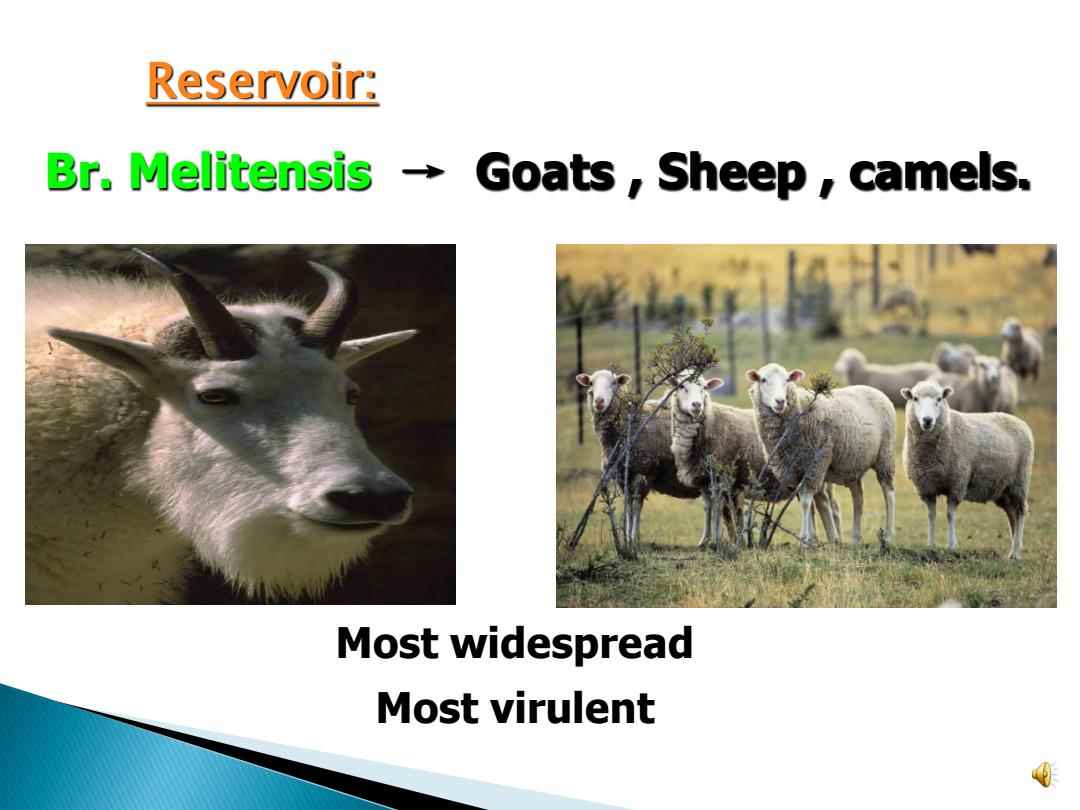Title: The Difference between Cashmere and Goats Hair
Cashmere and goats hair are two types of animal hair that are often confused with each other, but they have significant differences. Cashmere is derived from the wool of cashmere goats, which are specifically bred for their long, fine hair. The hair is then spun into cashmere yarn, which is used to make clothing, accessories, and other textile products. Cashmere is known for its soft, warm, and lightweight qualities, making it an ideal material for winter wear.Goats hair, on the other hand, is taken from ordinary goats and is much coarser and harsher than cashmere. It is not typically used to make clothing or accessories, but rather for other purposes such as animal bedding or ropes. Goats hair has a different texture and feel to it, and is not as soft or warm as cashmere.Therefore, while cashmere and goats hair are both types of animal hair, they have distinct differences in their source, texture, and uses. Cashmere is a luxury material known for its softness and warmth, while goats hair is a more utilitarian material that has a coarser texture and is not as suitable for making clothing or accessories.
Cashmere and goats hair are two types of fibers that come from different animals and have different properties. Cashmere is a fine, lightweight, and warm fiber that comes from cashmere goats, while goats hair is a coarser, heavier, and less warm fiber that comes from ordinary goats. Both fibers have their own unique characteristics and uses, but there are some key differences between them.

Firstly, cashmere is a luxury fiber that is highly prized for its quality and scarcity. It is grown in certain regions of the world, such as Mongolia, Tibet, and Iran, and is harvested from cashmere goats during their annual shedding season. Cashmere fibers are fine and lightweight, with a diameter that can range from 12 to 18 microns, making them one of the finest fibers in the world. They also have a high degree of elasticity and resilience, meaning they can be stretched and returned to their original shape without breaking.
Secondly, goats hair is a less expensive and more common fiber that is used in a wider range of applications. It comes from ordinary goats, which are found in many parts of the world, and is harvested during their shedding season as well. Goats hair fibers are coarser and heavier than cashmere, with a diameter that can range from 20 to 50 microns. They also have a lower degree of elasticity and resilience, making them less suitable for applications where fine, lightweight fibers are needed.

Thirdly, cashmere and goats hair have different uses in the textile industry. Cashmere is often used to make high-end clothing, such as sweaters, jackets, and scarves, while goats hair is more commonly used to make ropes, nets, and other industrial products. Cashmere fibers are also used in luxury home furnishing fabrics, such as curtains and upholstery, while goats hair is not often used for these applications.
Finally, cashmere and goats hair have different care instructions. Cashmere fibers are more delicate and require special care when washing and drying. They should be hand-washed in cold water with a mild detergent and then dried flat on a towel. Goats hair fibers, on the other hand, are more resilient and can be machine-washed and dried without special care.

In conclusion, cashmere and goats hair are both useful fibers with their own unique properties and applications. Cashmere is a luxury fiber that is highly prized for its quality and scarcity, while goats hair is a less expensive and more common fiber that is used in a wider range of applications. Both fibers have their own care instructions as well.
Articles related to the knowledge points of this article:
Title: Mastering the Art of Tie Colors: Pairing Blue Shirts with Perfect Neckties
Title: Mastering the Art of Tie Knots: Pairing a Dark navy Suit with a Cohesive Pocket Square
Title: Understanding the Symbolism and Significance of a Tie
Processing Feather Duvets: A Detailed Guide



